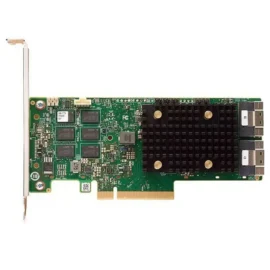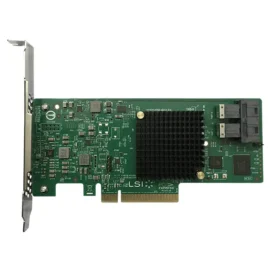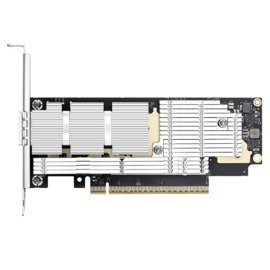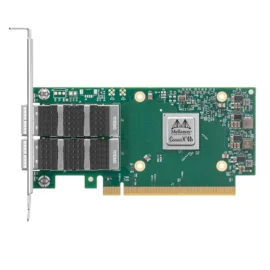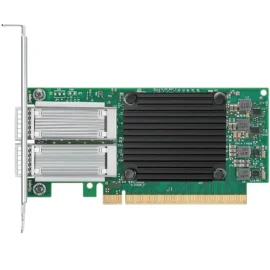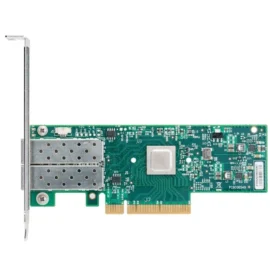In the world of computer storage, SATA (Serial Advanced Technology Attachment) and mSATA (Mini SATA) are two important interfaces that cater to different needs and form factors. Both technologies are crucial for connecting storage devices, such as hard drives and solid-state drives (SSDs), to motherboards. Understanding the differences between SATA and mSATA can help you choose the right storage solution for your needs.
Table of Contents
ToggleWhat is SATA?
SATA is a standard interface used primarily for connecting hard drives and SSDs to a motherboard. It was introduced in the early 2000s as a replacement for the older PATA (Parallel ATA) standard. SATA supports both SSDs and traditional spinning hard drives, offering several advantages:
- Data Transfer Rates: SATA III, the latest version, supports data transfer rates of up to 6 Gbps, allowing for faster read and write speeds.
- Hot Swappable: Many SATA drives are hot-swappable, meaning you can replace them while the system is running without shutting down.
- Wide Compatibility: SATA drives are compatible with a variety of devices, including desktops, laptops, and servers.
What is mSATA?
mSATA, on the other hand, is a compact version of the SATA interface specifically designed for smaller devices. It was developed to meet the needs of ultrabooks, tablets, and other portable devices that require efficient use of space. Here are some key features of mSATA:
- Compact Size: mSATA drives are smaller than standard SATA drives, making them ideal for space-constrained devices. They typically come in a card format that can be inserted directly into an mSATA slot on a motherboard.
- Performance: mSATA drives can achieve similar performance levels as standard SATA SSDs, with data transfer speeds of up to 6 Gbps.
- Dedicated for SSDs: Unlike SATA, which supports both SSDs and hard drives, mSATA is primarily used for solid-state drives.
Key Differences Between SATA and mSATA
- Form Factor:
- SATA: Typically available in 2.5-inch or 3.5-inch sizes for hard drives and SSDs.
- mSATA: Miniature card format, usually around 50.8mm x 30mm in size.
- Use Cases:
- SATA: Ideal for desktops, laptops, and servers where space is not a primary concern.
- mSATA: Best suited for ultrabooks, tablets, and compact systems where space is limited.
- Compatibility:
- SATA: Widely compatible with most devices that support SATA connections.
- mSATA: Requires specific mSATA slots, which may not be present in all devices.
- Performance:
- Both SATA and mSATA can offer similar performance in terms of data transfer rates, but the actual performance may vary depending on the specific SSD model.
Which Should You Choose?
Choosing between SATA and mSATA largely depends on your specific needs:
- If you’re building or upgrading a desktop or laptop where space is not a constraint, SATA drives may be the better option due to their larger storage capacities and wider compatibility.
- For ultrabooks, compact laptops, or embedded systems where size is a major consideration, mSATA is the ideal choice due to its small form factor and efficient design.
Conclusion
SATA and mSATA serve different purposes in the storage ecosystem, catering to various device requirements. Understanding the distinctions between these interfaces will help you make informed decisions when selecting storage solutions for your computer systems. Whether you need the robust capabilities of SATA or the compact efficiency of mSATA, both options have their advantages, ensuring that you can find the right fit for your storage needs.

